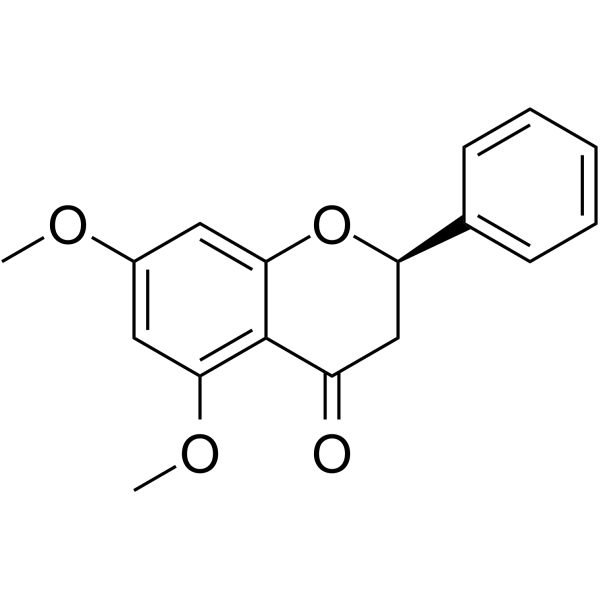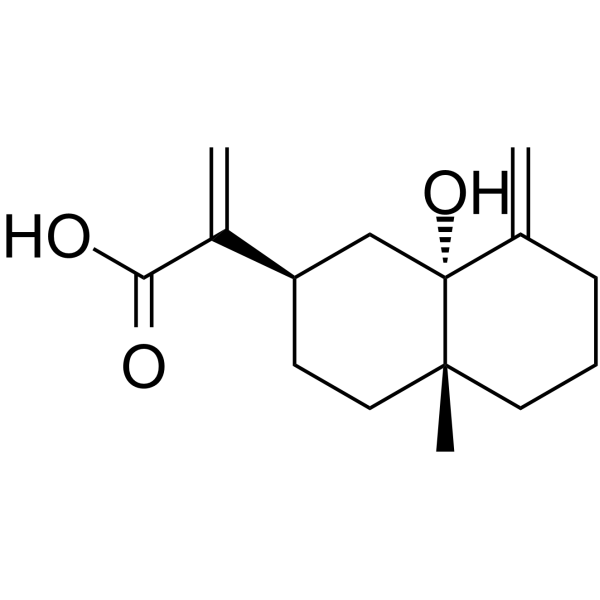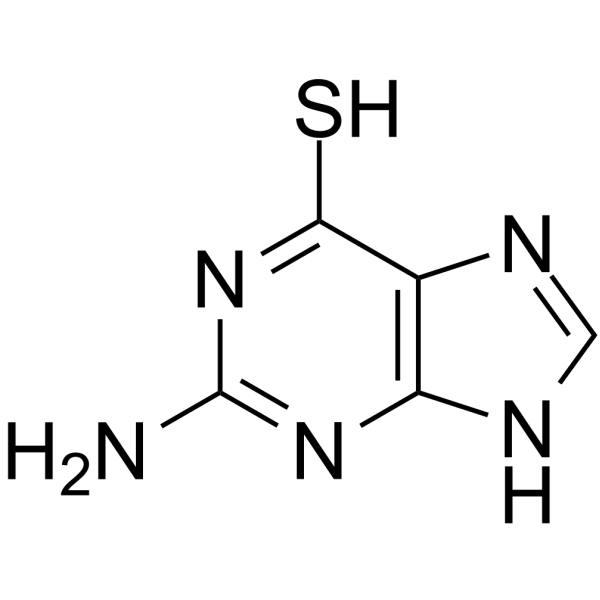|
BP10310
|
2,6-Dichloro-N-(2-(cyclopropanecarboxamido)pyridin-4-yl)benzamide
|
|
|
|
|
GDC046, a potent lead analog, has good kinase selectivity, physicochemical properties and pharmacokinetic profile.
|
|
BP10144
|
20(R)-Ginsenoside Rh2
|
|
|
|
|
(R)Ginsenoside-Rh2 is a minor stereoisomer of ginsenoside Rh2, possesses matrix metalloproteinase inhibitory.
|
|
BP10487
|
20(S)-Ginsenoside Rg3
|
|
|
|
|
Ginsenoside Rg3 possess an ability to inhibit the lung metastasis of tumor cells via inhibition of the adhesion and invasion of tumor cells. It inhibits the proliferation of human umbilical vein endothelial cells(HUVEC) and has anti-angiogenesis activities.
|
|
BP10911
|
25R-Inokosterone
|
|
|
|
|
25S-Inokosterone and 25R-inokosterone exhibit potent inhibition (80-95% at ) against TNF-expression levels in A23187 plus phorbol-myrisrate acetate-induced RBL-2H3 cells, they have excellent anti-atopy activity, thus they could be used to a large range of functional anti-atopy cosmetics.
|
|
BP10907
|
25S-Inokosterone
|
|
|
|
|
25S-Inokosterone and 25R-inokosterone exhibit potent inhibition (80-95% at ) against TNF-expression levels in A23187 plus phorbol-myrisrate acetate-induced RBL-2H3 cells, they have excellent anti-atopy activity, thus they could be used to a large range of functional anti-atopy cosmetics.
|
|
BP10632
|
2-Deoxy-D-glucose
|
|
|
|
|
2-Deoxy-D-glucose is an analog of glucose, which is a glycolytic inhibitor with antiviral activity.
|
|
BP10363
|
2-HBA
|
|
|
|
|
2-HBA, a synthetic analog of curcumin, is an indirect inducer of enzymes that catalyze detoxification reactions through the Keap1-Nrf2-ARE pathway.
|
|
BP10757
|
2-Hydroxy-3-methylanthraquinone
|
|
|
|
|
2-Hydroxy-3-methylanthraquinone enhances apoptosis of U937 cells,in part,through activation of p-p38MAPK and downregulation of p-ERK1/2; triggers caspase-3 activation mediated apoptotic induction.
|
|
BP10599
|
2-methoxycinnamaldehyde
|
|
|
|
|
2-Methoxycinnamaldehyde (2-MCA) is a natural compound of Cinnamomum cassia,has been widely studied with regard to its antitumor activity.
|
|
BP10138
|
3-Bromopyruvic acid
|
|
|
|
|
3-Bromopyruvic acid is a hexokinase II inhibitor with Ki of 2.4 mM for glycolysis/hexokinase inhibition. It is inhibitor of tumour cell energy metabolism and chemopotentiator of platinum drugs.
|
|
BP10586
|
3-O-Methylquercetin tetraacetate
|
|
|
|
|
Quercetin 3-O-methyl ether is a potent phosphodiesterase (PDE)3/4 inhibitor, it has potential for treating asthma against ovalbumin-induced airway hyperresponsiveness.
|
|
BP10894
|
4-Hydroxycinnamamide
|
|
|
|
|
4-Hydroxycinnamamide has antioxidant activity. 4-Hydroxycinnamamide derivatives are specific inhibitors of tyrosine-specific protein kinases.
|
|
BP10993
|
4-Methyldaphnetin
|
|
|
|
|
1. 4-Methyldaphnetin is a potent inhibitor (low micromolar) of lipid peroxidation and scavengers of superoxide anion radicals and of aqueous alkylperoxyl radicals, but may be pro-oxidant (enhancing generation of hydroxyl radicals) in the presence of free iron ions.2. 4-Methyldaphnetin inhibits the proinflammatory 5-lipoxygenase enzyme at micromolar concentrations.
|
|
BP10517
|
5-(N,N-Hexamethylene)-amiloride
|
|
|
|
|
HMA is an amiloride derivative, shown to inhibit TRPA1-mediated calcium signal (IC50: 35 μM). It is an inhibitor of the Na+/H+ exchanger (NHE), with Ki of 0.013-2.4 μM for various NHE isoforms. HMA also blocks ASIC3 channels by 51% at 20 μM.
|
|
BP10335
|
5,7-Dimethoxyflavanone
|
|
|
|
|
5,7-Dimethoxyflavanone has anti-inflammatory activity.
|
|
BP10167
|
5-Hydroxy-7,8-dimethoxyflavanone
|
|
|
|
|
5-Hydroxy-7,8-dimethoxyflavanone is isolated from Andrographis paniculata Nees. leaves and roots with anti-inflammatory activity.
|
|
BP10897
|
5-phenylthieno[2,3-d]pyrimidin-4-amine
|
|
|
|
|
5-phenylthieno[2,3-d]pyrimidin-4-amine is a chemical compound.
|
|
BP10370
|
5α-Hydroxycostic acid
|
|
|
|
|
5alpha-Hydroxycostic acid possesses anti-angiogenic ability by interfering the VEGF- and Ang2-related pathways, and it may be a good drug candidate.
|
|
BP10865
|
6,4'-Dihydroxy-7-methoxyflavanone
|
|
|
|
|
6,4'-Dihydroxy-7-methoxyflavanone is a biologically active compound isolated from the heartwood of Dalbergia odorifera T. Chen (Leguminosae) with antioxidant, anti-inflammatory and neuroprotective effects. 6,4'-Dihydroxy-7-methoxyflavanone can be used in studies about the treatment of osteoclastogenic bone diseases such osteoporosis, rheumatoid arthritis and periodontal diseases.
|
|
BP10637
|
6-Thioguanine
|
|
|
|
|
Thioguanine is an antineoplastic compound which also has antimetabolite action. The drug is used in the therapy of acute leukemia.
|
pyridin-4-yl)benzamide.gif)
-Ginsenoside Rh2.gif)
-Ginsenoside Rg3.gif)
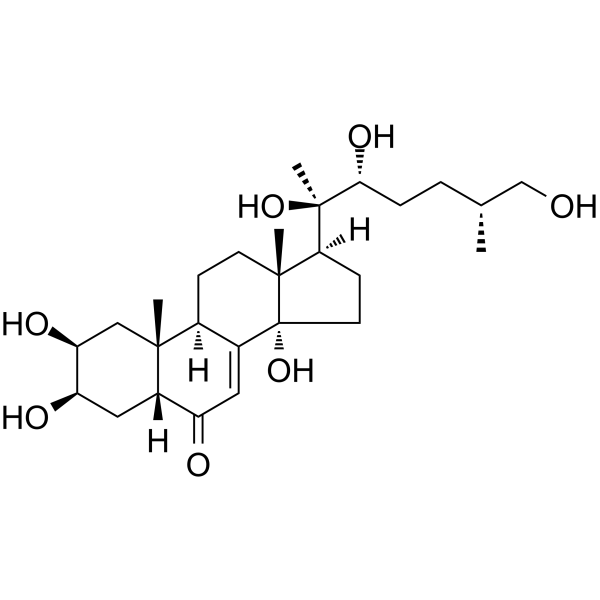
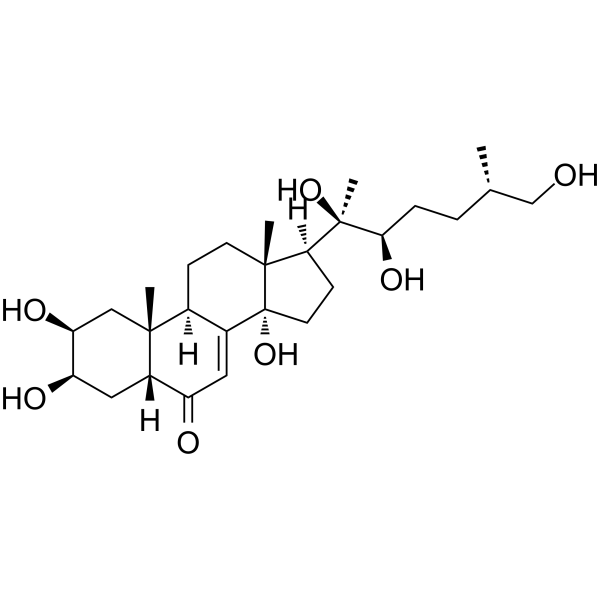
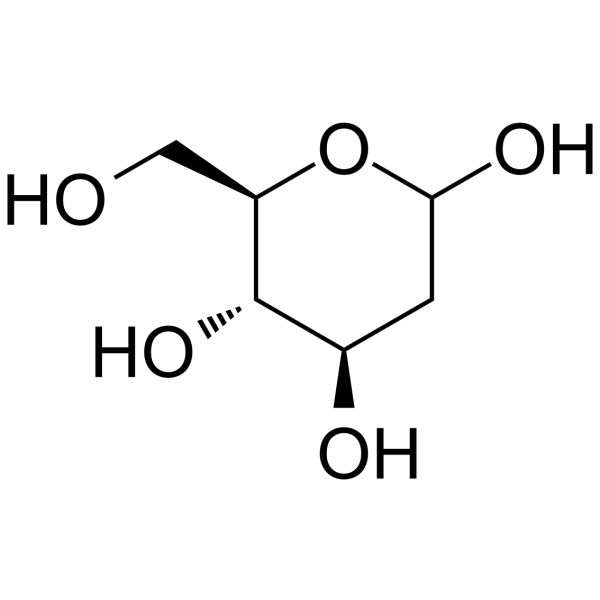
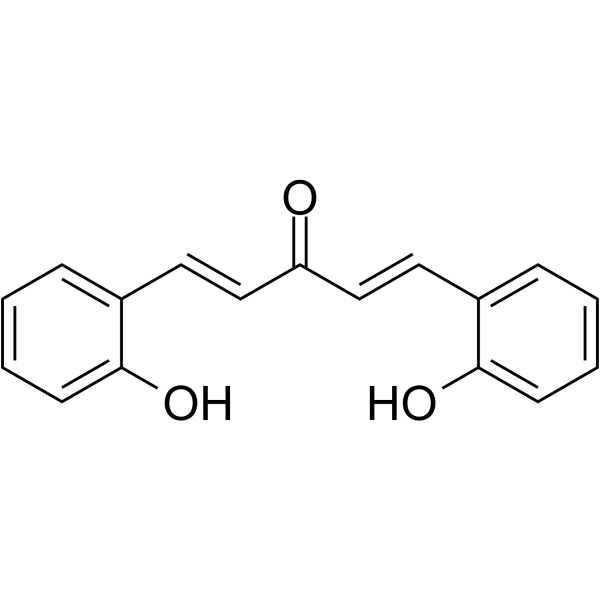


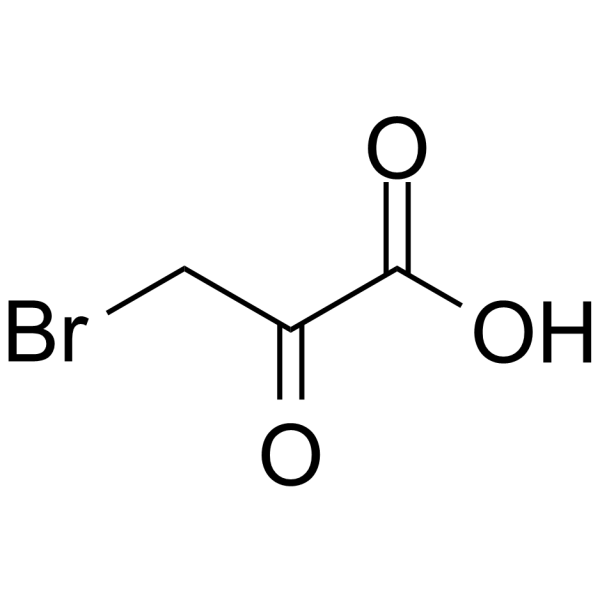


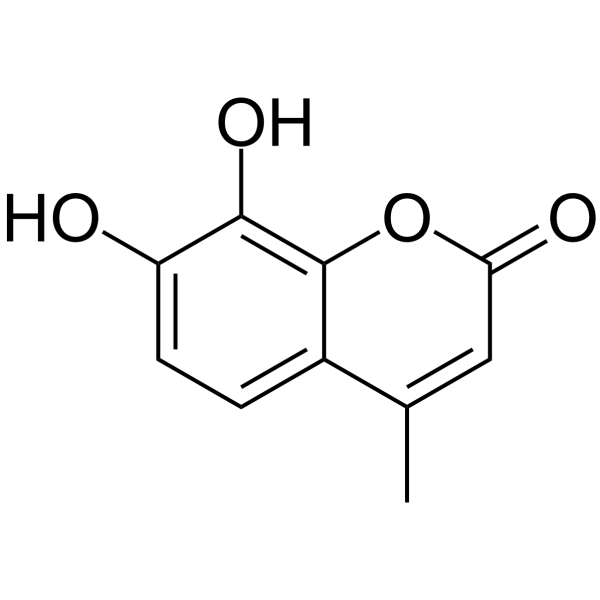
-amiloride.gif)
